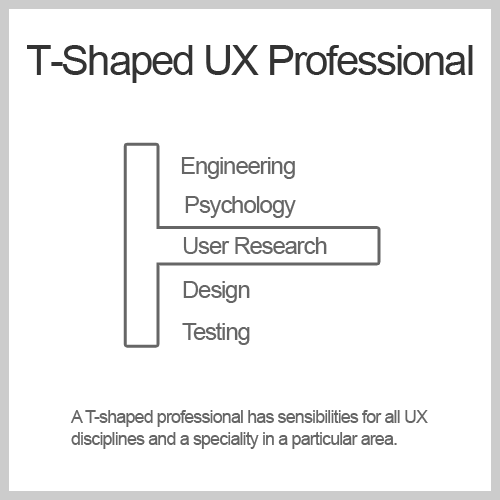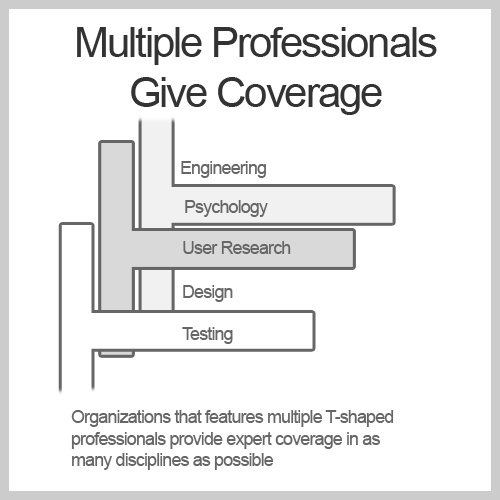The dawn of user experience is a contestable topic. Some UX thought leaders place the discipline’s origin surrounding the emergence of user centered design in the 1980’s, while others see the beginning coming even earlier. This week’s guest is Dr. Tobias Komischke Director of User Experience at Infragistics. Dr. Komischke details why he sees UX originating in the context of World War II where interacting with technical systems became a matter of life and death.
The Origins of User Experience
The Human Factors field began to emerge around World War II as researchers began to realize that humans interacting with technical systems was no trivial endeavor. Operators using technical systems, even when their lives depended upon accurate and reliable results, eventually hit obvious human limitations.
These findings lead to research asking:
- What do human limitations mean for systems design?
- How can systems be designed to help aid these limitations?
In the beginning the underlying principals of UX began as simple observations and as time passed the topic shifted from human factors to user-centered design.
Formal study of originated from many fronts. European and Scandinavian labor unions issued studies surrounding occupational health and ergonomic research. Corporations found interest in the field as efficiency and productivity gains became apparent when users required less training and shorter learning curves for technical systems. Initially research focused on related hardware, but eventually studies migrated the software focusing on making systems more individual, learnable, controllable and featuring increasingly pleasant user interfaces.
As computers proliferated the workplace in the 1980’s and 90’s user-centered design took on an even greater importance. Books by Don Norman (The Design of Everyday Things) and Jakob Nielsen (Designing Web Usability) found a wide audience and helped further explain the principles of user-centered design and and expose the tenants of usability.
Even with the popularity of usability taking hold, user experience as we know it today had yet to be established. Usability focuses on the UI being effective, efficient and satisfactory to the user. As more organizations adopted user-centered design teams began paying attention to details beyond usability. User experience began to include broader topics that include talk of user’s emotions, the appeal of a UI and visual design. User experience became an inclusive and broad set of disciplines that included the contributions from engineers, psychologists, designers and more.
In the end, the following disciplines represent the major set of professionals that make up the field of User Experience:
- Engineers
- Psychologists
- User Research
- Visual and Graphic Designers
- Testers
UX for Organizations Big and Small
Often a discussion of user experience and the litany of disciplines that contribute to the field leave the impression that true UX are only for very large organizations. While those with bountiful resources can deploy all the different roles, smaller organizations may still carry out a user centered design process. What’s important is understanding the process is rather than hiring every role.
One of they keys that smaller teams should keep in mind is to not to start coding right away, but try to understand what they want to build before construction begins. Look at the market for existing applications/solutions and find out where the the user needs lie.
The T-Shaped Professional
Small teams find that even though they may not be able to hire all people to fulfill all aspect of a UX team, hiring the so called T-shaped professional helps even out competencies.


Minimum Team Composition
Often people ask about a starting place or the minimum roles required to have a bare-bones UX team. Tobias’ suggestion is to have at least:
- 1 analytical person
- 1 conceptual person
- 1 visual designer
Today’s design and technology trends require projects to have something cutting edge looking great very early in the process. These three roles put you in a very good position to start with the right concepts in mind. From there your team can learn new disciplines or hire team members to fill in the gaps.